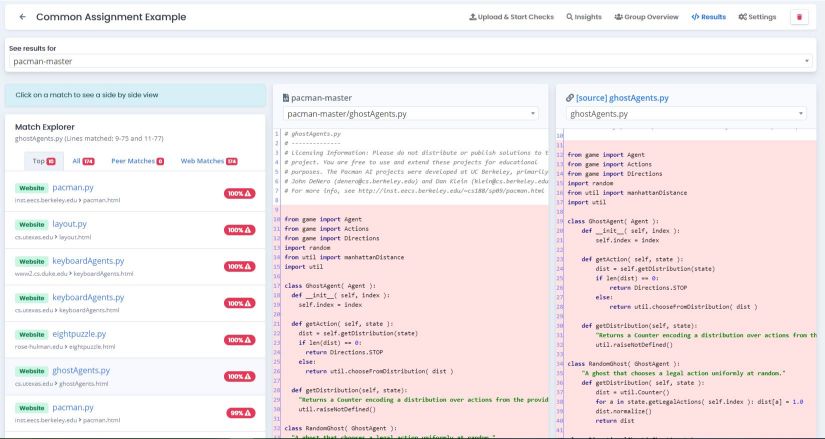
Those who suffer online plagiarism and therefore a violation of their copyright may require legal intervention, which usually consists in the removal of the harmful content and possibly in compensation for damages: initially, you can contact the author of the plagiarism to ask for th e removal of the duplicate content, and then proceed with legal action in case of failure to agree. It follows, then, that contents of websites (texts, photos and images) are protected by copyright, even without the presence of the classic copyright symbol (©): it is forbidden to download and reproduce such contents for use elsewhere, and even copying in full or in large part articles, reviews, news on other web pages is illegal conduct that violates the law – although, it should be noted, Article 70 of the Italian law on copyright still provides for the possibility of citing the work of others, with precise limitations of the “quantitative” kind, as well. Let’s try to immediately define the phenomenon of online plagiarism, which refers to the more general rules that regulate copyright: even for sites and Web pages, in fact, plagiarism is appropriation, which takes place with a total or partial copy of the authorship of a work born from the genius of others.


So here is a series of plagiarism prevention software that can serve as an alternative and that will help us to find plagiarism online and avoid the problem of duplicate content in other parts of the Web. It is a doubt that often haunts publishers: is the text I am about to publish an original or are there copied parts? Verification of plagiarism is a crucial stage for those who manage a site or a blog, especially with informative content, and not everyone has the budget to allocate to the premium version of Copyscape, certainly the most famous tool and used for this purpose.


 0 kommentar(er)
0 kommentar(er)
